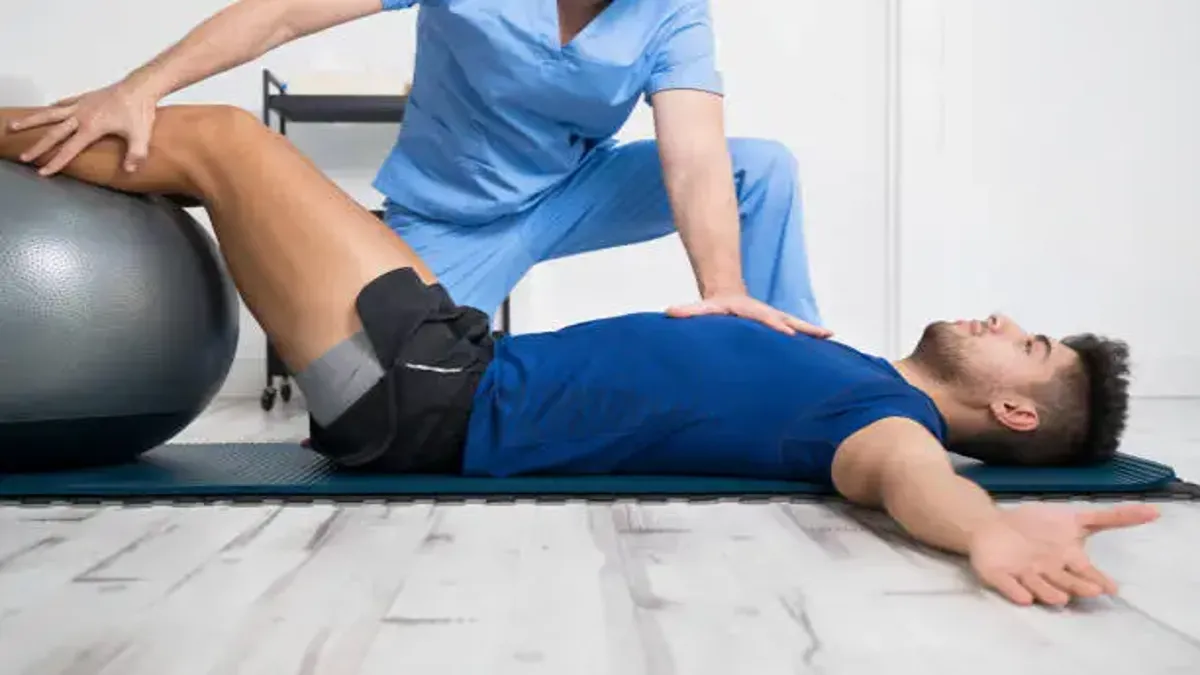Maintaining proper posture is crucial for athletes seeking to achieve peak performance while minimizing injury risks. The alignment of the body influences everything from muscle activation to joint stress and overall biomechanics during sports activities. Postural deviations can lead to inefficient movement patterns, increased fatigue, and vulnerability to injury. Sports physiotherapy offers a comprehensive approach to identifying, managing, and correcting these postural faults through a combination of assessment, manual techniques, exercises, and education. We will explore the ways in which sports physiotherapy supports athletes in improving their posture, which ultimately enhances their performance and promotes long-term physical health.
The Role of Sports Physiotherapy in Postural Correction
- Comprehensive Assessment of Postural Deviations
The first step in postural correction involves a thorough evaluation of an athlete’s current alignment and movement. At a Physio Clinic in Dee Why, sports physiotherapy employs various methods, including visual postural analysis, gait assessments, and biomechanical testing, to identify posture abnormalities. This assessment is not limited to static standing posture, but also examines dynamic postures during activities such as running, jumping, or sport-specific movements.
Muscle imbalances, joint restrictions, and compensatory movement patterns are identified, providing insight into the underlying causes of poor posture. Such a detailed evaluation enables physiotherapists to understand how an athlete’s body functions as a system, rather than focusing on isolated symptoms. Identifying these root causes is critical to designing interventions that address the source of the problem rather than just the effects.
- Targeted Muscle Strengthening and Flexibility Exercises
Once the assessment highlights specific postural faults, the next focus is on exercises tailored to the athlete’s needs for correction. Weak or underactive muscles that fail to support proper posture are targeted with strengthening routines, while muscles that are tight or overactive receive stretching and mobility work. For example, an athlete with a common postural issue, such as rounded shoulders, may need to strengthen the upper back muscles and stretch the chest muscles to restore balance. These exercises help re-establish muscular equilibrium that supports correct skeletal alignment. A consistent and progressive exercise program gradually improves the strength and flexibility required to maintain proper posture during both training and competition. This process also helps reduce strain on joints and tissues that compensatory movements might otherwise overload.
- Manual Therapy to Restore Mobility and Alignment
In addition to exercise, sports physiotherapy often incorporates manual therapy techniques designed to enhance joint and soft tissue function. Joint mobilizations, massage, and myofascial release can relieve muscle tightness and improve the range of motion of affected joints. This is particularly important when restricted mobility contributes to postural dysfunction. For instance, stiffness in the thoracic spine or hips can lead to compensations elsewhere in the body, negatively impacting posture. Manual therapy facilitates the restoration of normal joint mechanics, thereby reducing discomfort and enabling athletes to perform corrective exercises more effectively. It can also provide immediate relief, encouraging athletes to stay engaged with their rehabilitation and postural correction plans.
- Neuromuscular Re-education and Movement Training
Correcting posture is not solely about static alignment but also involves improving dynamic control of the body during movement. Neuromuscular re-education plays a significant role in this process by retraining the nervous system to recognize and maintain proper posture throughout various athletic activities. Balance exercises, proprioceptive drills, and functional movement training are integral components of sports physiotherapy. These techniques help athletes develop better coordination, stability, and body awareness, which translates into improved posture during competition.
For example, an athlete learning to maintain a neutral spine during a lift or a sprint benefits from these training methods, as they promote efficient movement patterns and reduce the risk of injury due to faulty mechanics. Enhancing neuromuscular control ensures that postural improvements are not just temporary but integrated into the athlete’s overall movement repertoire.
- Education and Lifestyle Modifications for Sustained Postural Health
An essential part of sports physiotherapy is educating athletes about the importance of maintaining good posture and how everyday activities can affect their alignment and performance. Physiotherapists guide athletes in adopting habits that support good posture, such as proper warm-up routines, ergonomically sound training environments, and mindful body positioning during daily tasks. Understanding the connection between posture and injury risk encourages athletes to take a proactive approach to managing their physical health.
Moreover, physiotherapists may recommend adjustments to training loads or recovery practices to prevent postural deterioration caused by fatigue or overuse. This ongoing education fosters a holistic approach to posture correction, empowering athletes to maintain their improvements long after formal therapy sessions end. Emphasizing lifestyle modifications ensures long-term benefits and reduces the likelihood of recurring postural issues.
- Enhancing Performance Through Improved Posture
Improving posture offers more than just injury prevention; it also directly impacts an athlete’s performance. Proper alignment enables optimal muscle function, efficient force transmission, and improved balance—all crucial components in competitive sports. When posture is corrected, athletes can move with greater precision and endurance, which enhances their ability to execute skills and tactics. For example, runners with corrected posture experience improved stride mechanics and breathing efficiency, while overhead athletes benefit from enhanced shoulder stability and power generation. Sports physiotherapy addresses these aspects by aligning the body to support peak physical output. As a result, athletes often notice improvements not only in their overall well-being but also in measurable performance outcomes.
Sports physiotherapy provides a multifaceted approach to postural correction, supporting athletes in achieving better alignment, improved movement efficiency, and enhanced injury prevention. Through detailed assessment, individualized exercises, manual therapy, neuromuscular training, and education, physiotherapy addresses the root causes of poor posture and promotes sustainable improvements. These interventions not only enhance an athlete’s physical health but also contribute to improved performance by optimizing muscle function and biomechanics.
As athletes incorporate these strategies into their routines, they experience greater stability, reduced pain, and increased confidence in their abilities. By prioritizing posture with the support of sports physiotherapy, athletes lay a strong foundation for long-term success and well-being in their sporting endeavors.

